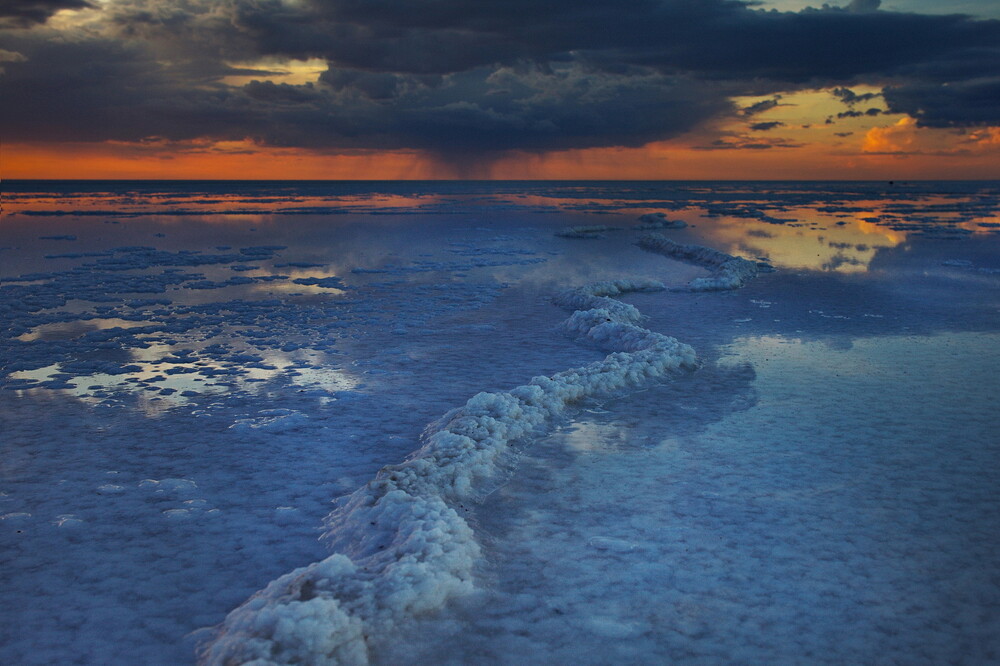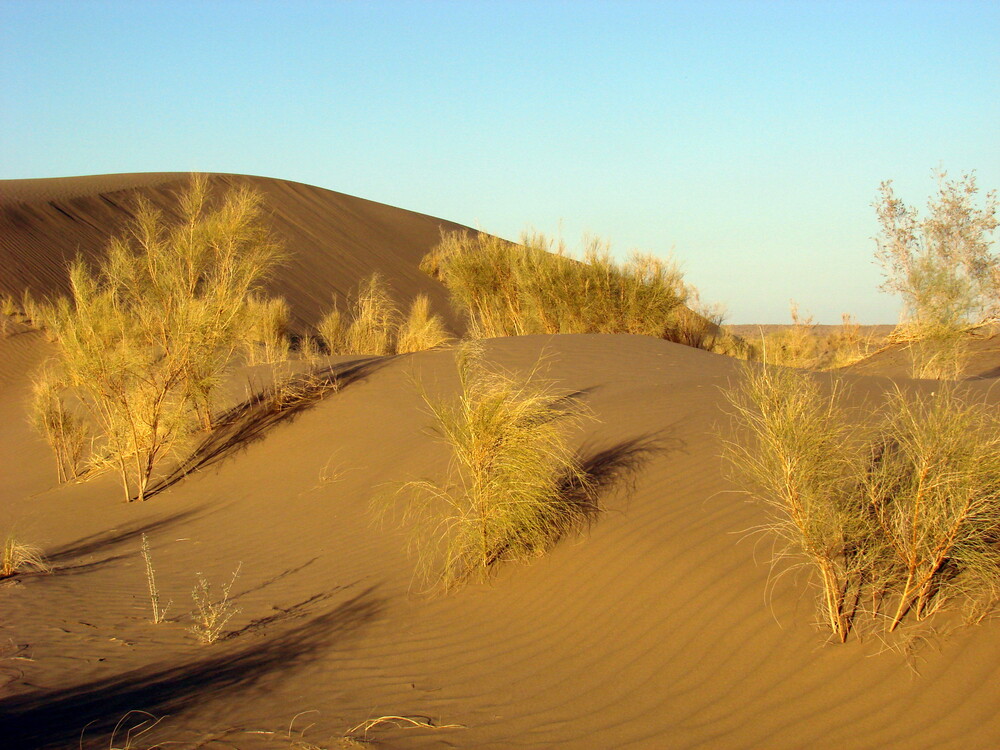The World Heritage Committee has enlarged natural World Heritage areas by more than 100 million hectares, an area roughly 26 times the size of Switzerland.
The 29% increase in World Heritage areas globally followed advice from IUCN, the International Union for the Conservation of Nature, in a major set of new commitments for the conservation of geological heritage and biodiversity under the World Heritage Convention at its current meeting in Riyadh, Saudi Arabia. The World Heritage List now covers 250 sites encompassing 476.8 million hectares, strictly protected for their natural values.
The Committee inscribed twelve new World Heritage sites for their natural values, which were evaluated by IUCN – the official advisor on natural World Heritage.
The Committee followed IUCN’s advice to inscribe the following natural sites:
- Madagascar’s Andrefana Dry Forests as an extension of Tsingy de Bemaraha Strict Nature Reserve to include almost all of Madagascar’s western dry forest centres of endemism
- Ethiopia’s Bale Mountains National Park, which is home to important endemic and endangered species in an intact ecosystem of diverse landscape mosaic
- The Hyrcanian Forests in Iran has been extended to Azerbaijan, adding highly valuable ancient forests straddling the Caspian Sea
- Saudi Arabia’s ‘Uruq Bani Ma’arid, a spectacular hyper-arid desert landscape
- The Cold Winter Deserts of Turan in Kazakhstan, Turkmenistan and Uzbekistan, which exemplify the evolution and adaptation of terrestrial ecosystems to extreme climatic conditions
- Tajikistan’s Tugay forests of the Tigrovaya Balka Nature Reserve contain the largest Tugay forest massif in Central Asia with many threatened species
- Canada’s Anticosti with remarkably complete and intact fossil records showcasing the first recorded mass extinction event in Earth’s history
In addition, the World Heritage Committee followed IUCN’s advice in accepting extensions of boundaries of existing World Heritage sites, including France’s French Austral Lands and Seas, whose marine areas were more than doubled, now covering a significant part of the Indian Ocean.
The countries having proposed further nominated sites followed IUCN’s recommendations for effective conservation, to act positively and quickly, which led to IUCN’s concerns regarding protection and management requirements being addressed. The Committee therefore also inscribed Nyungwe National Park as Rwanda’s first World Heritage site, which has rich biodiversity and home to large populations of globally threatened species in an emblematic Albertine Rift landscape; Congo’s Forest Massif of Odzala-Kokoua, which represents an excellent example of post-glacial forest recolonization of savanna ecosystems contains high biodiversity values; Italy’s Evaporitic Karst and Caves on Northern Apennines represents an extensive gypsum karst terrain containing more than 900 caves; Viet Nam’s Ha Long Bay – Cat Ba Archipelago as an extension to Ha Long Bay demonstrates the earliest stages of sea-inundation process of tropical karst.
The Committee also inscribed France’s Volcanoes and Forests of Mount Pelée and the Pitons of Northern Martinique located in the Caribbean for its exceptional volcanological and biodiversity values.
“These new World Heritage sites represent some of the most important sites for nature on Earth,” says Tim Badman, Head of Heritage and Culture at IUCN. “Recognising these exceptional places through the World Heritage Convention emphasises our collective responsibility to protect these areas and commits each site to ensure the highest standards and practices are followed.”
IUCN is the advisory body on natural World Heritage providing technical, independent advice on nominations submitted to the World Heritage Committee, as well as on necessary action to support listed natural sites facing threats.
Central Asian countries fill major gaps on World Heritage List – further to IUCN advice
Cold Winter Deserts of Turan and Tugay Forests of the Tigrovaya Balka Nature Reserve are newly added to the UNESCO World Heritage List, following IUCN’s advice and the dedicated work of national authorities and international experts who supported the nominations.
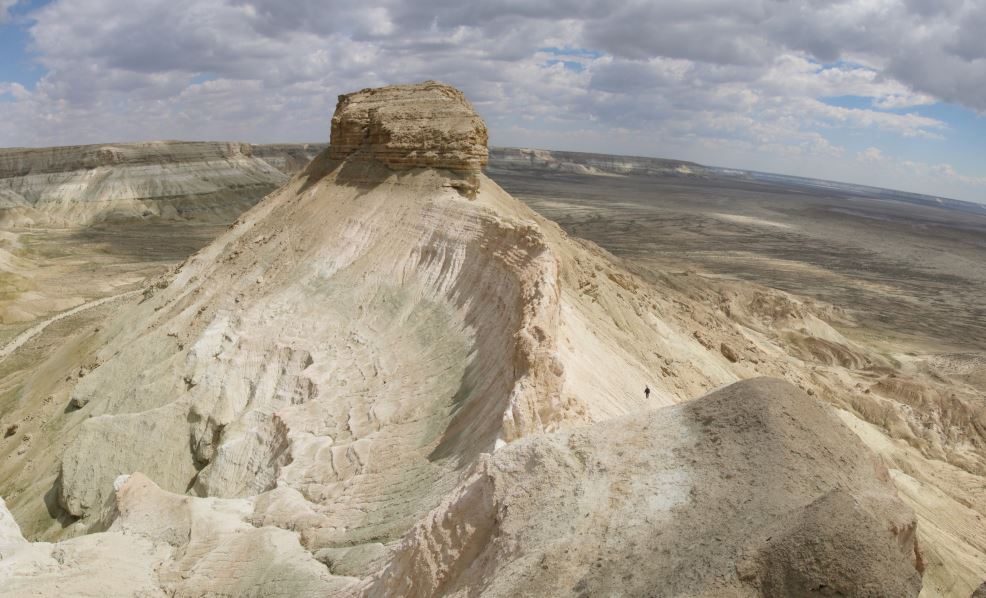
Southern Ustyrt Kaplankyr, Kazakhstan. Photo: Mark Pestov
“With two new natural sites inscribed on the UNESCO World Heritage list, the region has demonstrated increased capacity to safeguard its most outstanding natural places and confirmed a strong commitment to transboundary and regional cooperation,” said Boris Erg, Director of IUCN’s Regional European Office. “IUCN congratulates Kazakhstan, Tajikistan, Turkmenistan, and Uzbekistan, and reiterates its unwavering commitment to supporting governments, civil society, and experts in protecting some of the world’s most important and fascinating biodiversity,” he added.
IUCN’s report “World Heritage Thematic Study for Central Asia” identified both sites in 2020 as priority areas for future World Heritage nominations. The report also provides a set of recommendations for national authorities on how to improve the World Heritage process, ranging from reviewing national lists of potential sites to improving regional cooperation and providing training for effective management of protected areas, still very relevant.
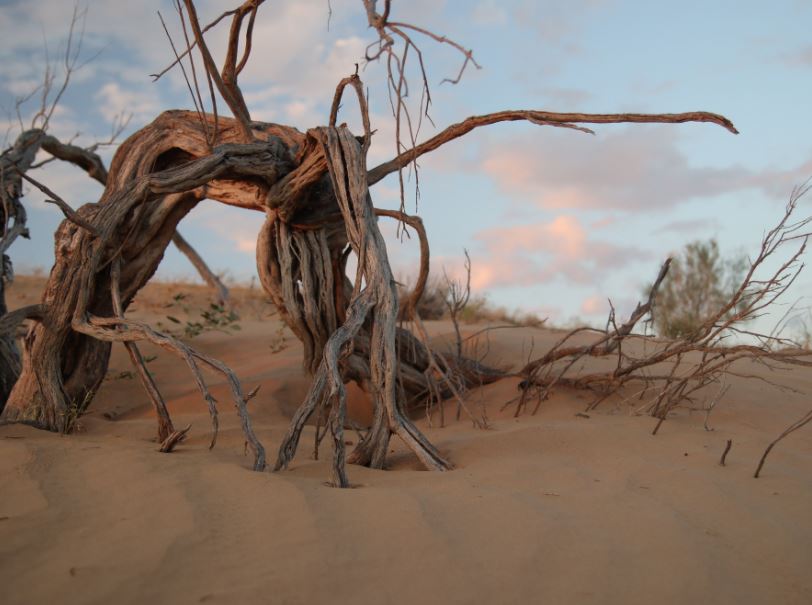
The Cold Winter Deserts of Turan are the first cold winter deserts to feature on the World Heritage list. This unique landscape is transnational, shared by Kazakhstan, Turkmenistan, and Uzbekistan. Its climate is extreme, with very cold winters and hot and very dry summers. Still, it harbours emblematic species for this region, including wild herds of the vulnerable goitered gazelle, kulan, and the urial. It also serves as an important breeding and migratory area for bird species such as the eastern imperial eagle, the houbara bustard, or the saker falcon. The World Heritage status will now help strengthen these species’ conservation, currently threatened by overexploitation and large-scale infrastructure development.
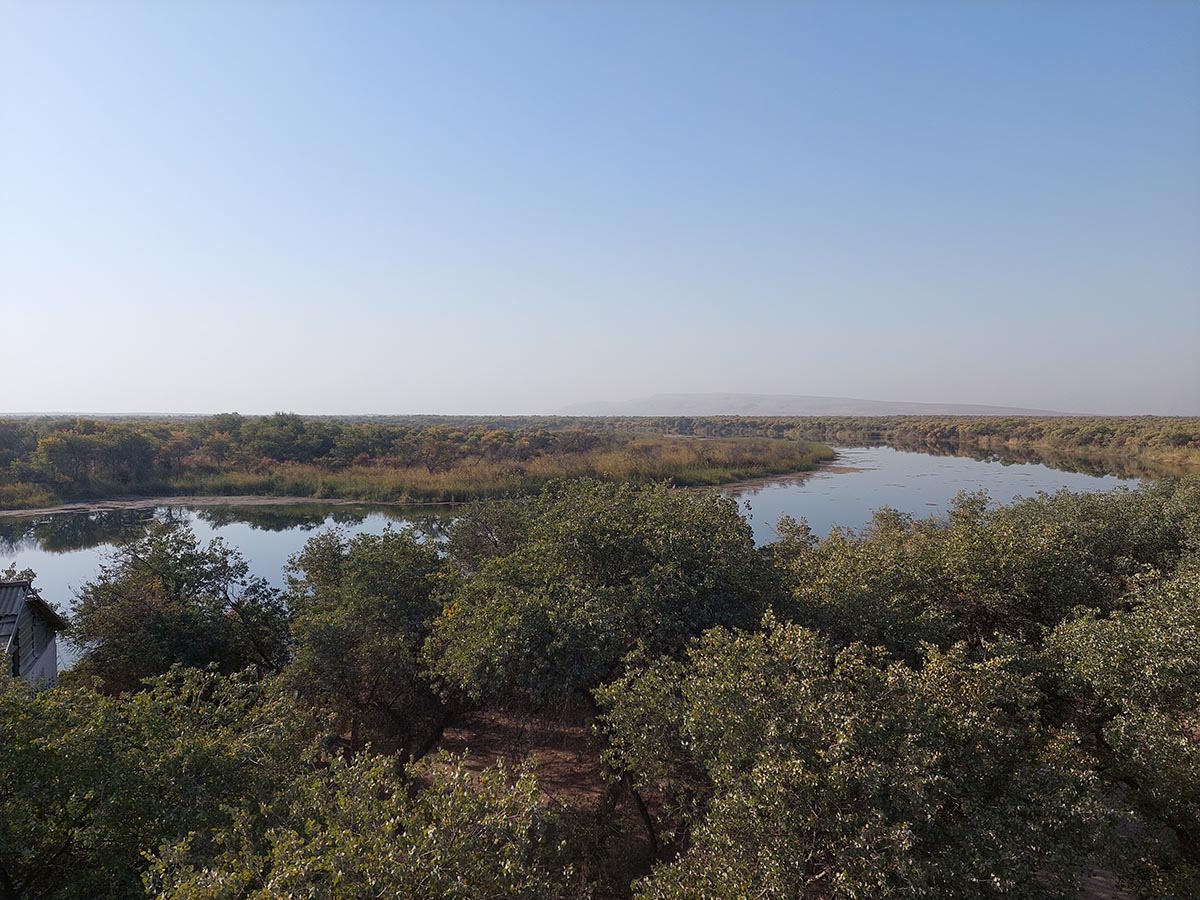 Tajikistan’s Tugay forests of the Tigrovaya Balka Nature Reserve contain the largest Tugay forest massif in Central Asia with many threatened speciesPhoto: IUCN Chimed-Ochir Bazarsad
Tajikistan’s Tugay forests of the Tigrovaya Balka Nature Reserve contain the largest Tugay forest massif in Central Asia with many threatened speciesPhoto: IUCN Chimed-Ochir Bazarsad
Tigrovaya Balka strictly protected reserve is situated in the Vakhsh River valley, in Tajikistan. Composed of a series of floodplain terraces covered by alluvial soils and containing some of the last remaining tugai forest in Central Asia, the reserve has long been considered one of the most important protected areas in the region in terms of species and ecosystem diversity values.
Other updates related to Eastern Europe and Central Asia
The World Heritage Committee has extended the Hyrcanian Forests site in Iran to Azerbaijan, adding highly valuable ancient forests to the World Heritage list. This unique forested massif has a history dating back 25 to 50 million years, home to top predators such as leopard, wolf, and brown bear.
Natural World Heritage sites are recognized as the most significant protected areas that provide life-supporting benefits to people and the planet yet face increasing threats. Read more about newly inscribed World Heritage sites for their natural values, which were evaluated by IUCN, the official advisor on nature under the World Heritage Convention, and discussed at the 45th session of the World Heritage Committee, held 10-25 September 2023 in Saudi Arabia.
///IUCN, 21 Sep 2023
#IUCN, #World_Heritage, #Central_Asia,
